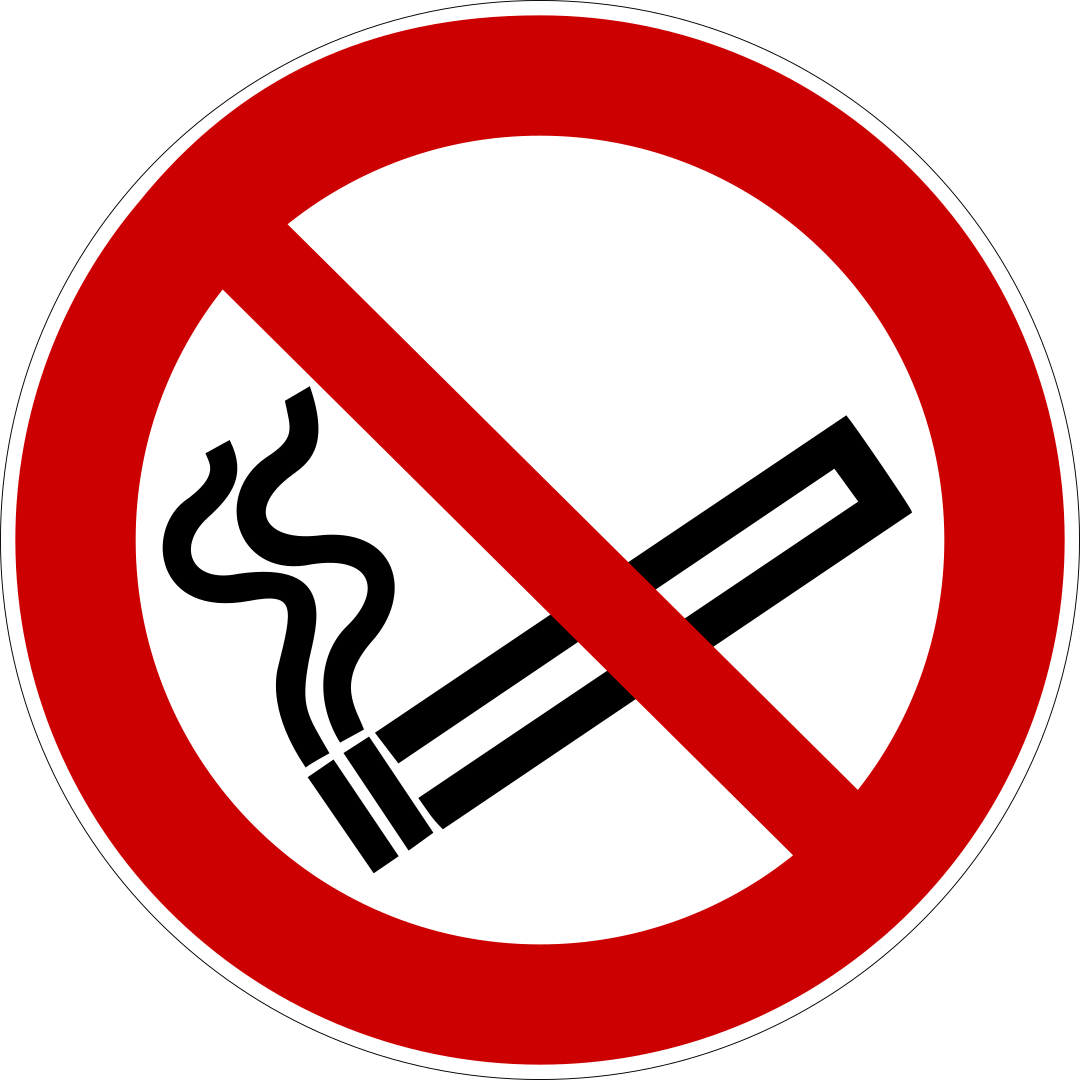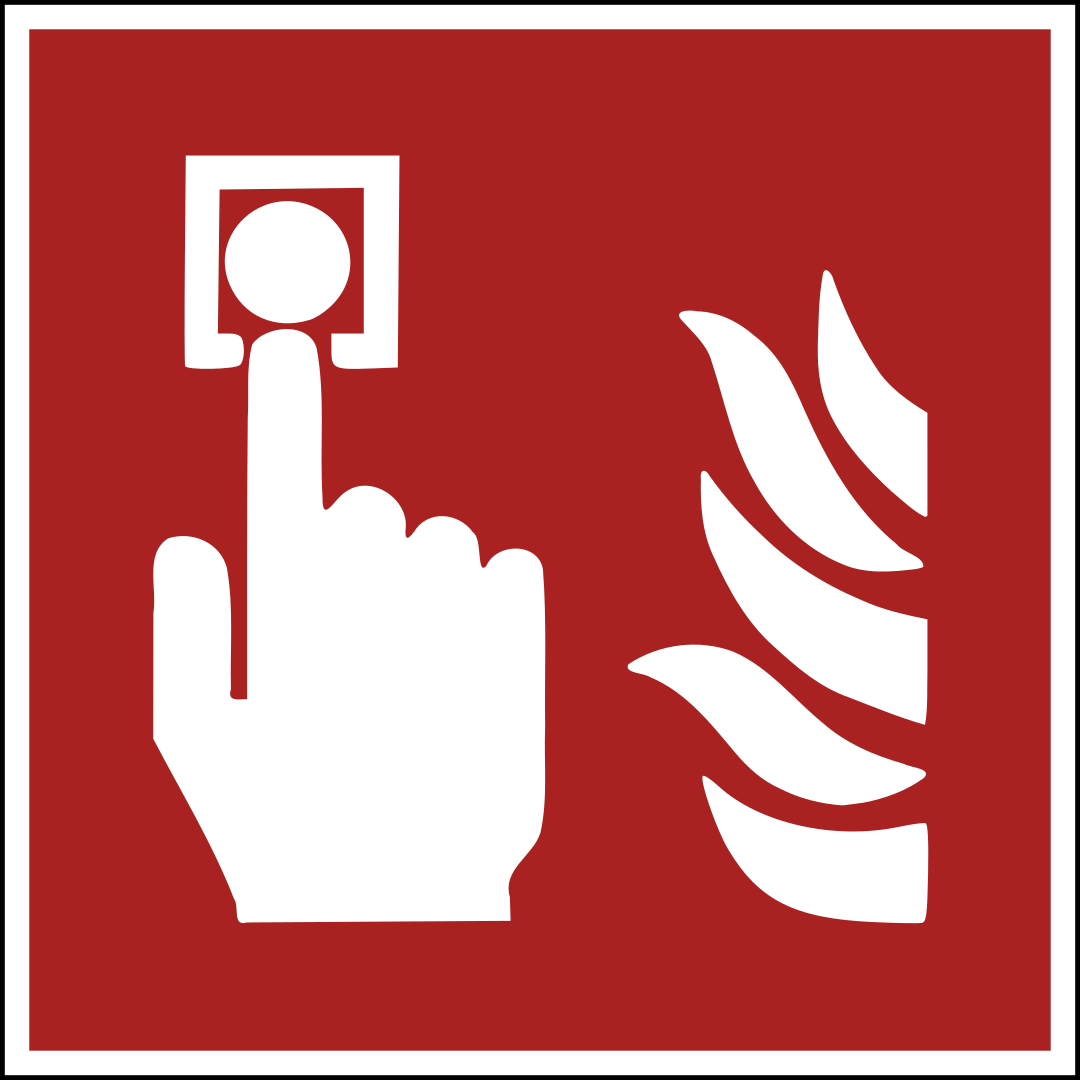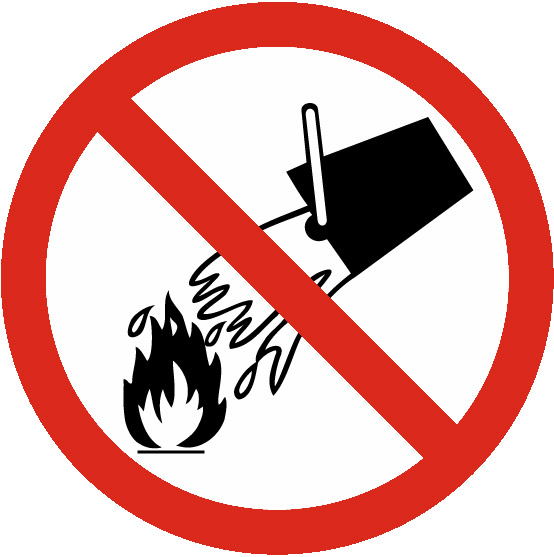You have 45 minutes to answer 50 multiple choice CSCS Health, Safety and Evironment Test questions for Operatives and Specialists. You need to answer at least 45 out of 50 questions correctly to pass. Answers may be reviewed after each question or at the end of the test. Good luck!
List of questions in above test (quick view). Click question box to reveal correct answer.
1. Who is responsible for health and safety on site?
Give ONE answer
AB
C
D
Correct Answer: A
Explanation: Everyone is responsible for upholding site health and safety standards.
Explanation: Everyone is responsible for upholding site health and safety standards.
2. What is the status of all information recorded in the accident book?
Give ONE answer
AB
C
D
Correct Answer: B
Explanation: The accident book is confidential.
Explanation: The accident book is confidential.
3. What MAIN hazard do bird droppings create if disturbed?
Give ONE answer
AB
C
D
Correct Answer: C
Explanation: Disturbed droppings create dangerous airborne particles.
Explanation: Disturbed droppings create dangerous airborne particles.
4. You are working in a drainage tunnel and can smell rotting eggs. What does this mean?
Give ONE answer
AB
C
D
Correct Answer: B
Explanation: Hydrogen sulphide smells like rotting eggs.
Explanation: Hydrogen sulphide smells like rotting eggs.
5. Which of the following gases can prove swiftly fatal in high concentrations?
Check ALL that apply
AB
C
D
E
Correct Answer: B, C, D
Explanation: All these gases can swiftly prove fatal.
Explanation: All these gases can swiftly prove fatal.
6. Hazardous vapours are MOST likely to be produced by which substance?
Give ONE answer
AB
C
D
Correct Answer: B
Explanation: Epoxy resin will produce dangerous vapour.
Explanation: Epoxy resin will produce dangerous vapour.
7. Which TWO factors make on-site electricity distribution systems potentially more hazardous?
Give TWO answers
AB
C
D
E
Correct Answer: B, C
Explanation: On-site electric systems are designed with safety in mind; nevertheless, they are temporary and prone to damage.
Explanation: On-site electric systems are designed with safety in mind; nevertheless, they are temporary and prone to damage.
8. Which colour indicates the highest voltage?
Give ONE answer
AB
C
D
Correct Answer: C
Explanation: Red is standardly used to indicate 400 volts.
Explanation: Red is standardly used to indicate 400 volts.
9. You are in an excavation and notice an exposed cable running into the trench. What should you do?
Give ONE answer
AB
C
D
Correct Answer: D
Explanation: Always assume exposed wires and cables could be live. If you see one, you must stop work immediately and report it.
Explanation: Always assume exposed wires and cables could be live. If you see one, you must stop work immediately and report it.
10. How can you find out the right PPE and tools you will need for a job?
Give ONE answer
AB
C
D
Correct Answer: B
Explanation: The safe system of work or method statement for every task will detail the correct PPE and tools to use.
Explanation: The safe system of work or method statement for every task will detail the correct PPE and tools to use.
11. You are using a band saw. Which of the following is TRUE about the wheel's speed and the machine's speed?
Give ONE answer
AB
C
D
Correct Answer: C
Explanation: Wheel and machine speeds must match when cutting with equipment.
Explanation: Wheel and machine speeds must match when cutting with equipment.
12. Before you begin a job using a chainsaw, what TWO items of PPE must you make sure to have?
Give TWO answers
AB
C
D
E
Correct Answer: C, D
Explanation: Chainsaw work requires you to wear a full suit of chainsaw protective clothing, and proper head protection.
Explanation: Chainsaw work requires you to wear a full suit of chainsaw protective clothing, and proper head protection.
13. How can you reverse the effects of hearing loss?
Give ONE answer
AB
C
D
Correct Answer: D
Explanation: Hearing damage can be permanent and irreversible.
Explanation: Hearing damage can be permanent and irreversible.
14. Poor circulation in your fingers persists beyond winter, and your doctor diagnoses you with HAVS. Should you tell your employer?
Give ONE answer
AB
C
D
Correct Answer: D
Explanation: You must inform your employer, because they are legally obliged to report this to the HSE.
Explanation: You must inform your employer, because they are legally obliged to report this to the HSE.
15. Approximately what percentage of construction waste goes into landfill every year?
Give ONE answer
AB
C
D
Correct Answer: B
Explanation: Around 100 million tonnes of waste are produced by the construction industry every year. About 20 million tonnes of this goes to landfill.
Explanation: Around 100 million tonnes of waste are produced by the construction industry every year. About 20 million tonnes of this goes to landfill.
16. How should waste be disposed of on-site?
Give ONE answer
AB
C
D
Correct Answer: C
Explanation: Waste should be sorted by type to allow different kinds of waste to be recycled or disposed of correctly.
Explanation: Waste should be sorted by type to allow different kinds of waste to be recycled or disposed of correctly.
17. In which TWO of the following ways might harmful substances enter watercourses?
Give TWO answers
AB
C
D
Correct Answer: C, D
Explanation: Site run-off and incorrectly stored materials can result in substances entering watercourses (rivers, lakes, etc.)
Explanation: Site run-off and incorrectly stored materials can result in substances entering watercourses (rivers, lakes, etc.)
18. You are using a solvent near a freshwater stream. What precaution should you take?
Give ONE answer
AB
C
D
Correct Answer: C
Explanation: Maintain a distance of 10 metres from the stream where possible.
Explanation: Maintain a distance of 10 metres from the stream where possible.
19. What are TWO potential consequences of damaging protected plants during construction?
Give TWO answers
AB
C
D
E
Correct Answer: A, B
Explanation: Plants may be protected if their species is in decline. Damaging them could result in fines for you or the company.
Explanation: Plants may be protected if their species is in decline. Damaging them could result in fines for you or the company.
20. How will you know the location of underground services before excavation work begins?
Give ONE answer
AB
C
D
Correct Answer: D
Explanation: Your employer is responsible for sourcing information about the location of underground services.
Explanation: Your employer is responsible for sourcing information about the location of underground services.
21. When should breathing apparatuses be recommended?
Give ONE answer
AB
C
D
Correct Answer: C
Explanation: Breathing apparatuses may appear in safe systems of work, but should only be used as a last resort.
Explanation: Breathing apparatuses may appear in safe systems of work, but should only be used as a last resort.
22. You are working in a confined space, and a colleague starts to complain of dizziness. What should you do?
Give ONE answer
AB
C
D
Correct Answer: D
Explanation: Dizziness can indicate dangerous levels of fumes or gases. You must ensure everyone is warned and leaves the space immediately.
Explanation: Dizziness can indicate dangerous levels of fumes or gases. You must ensure everyone is warned and leaves the space immediately.
23. Breathing difficulties will occur when oxygen levels in the air fall below what level?
Give ONE answer
AB
C
D
Correct Answer: A
Explanation: Normal air is about 21% oxygen. Levels below 10% will cause respiratory difficulties.
Explanation: Normal air is about 21% oxygen. Levels below 10% will cause respiratory difficulties.
24. Where MIGHT a risk assessment be conducted for the risk of falling from height?
Check ALL that apply
AB
C
D
Correct Answer: B, C, D
Explanation: Any situation in which a harmful fall might take place may require a risk assessment. This includes work inside or next to excavations.
Explanation: Any situation in which a harmful fall might take place may require a risk assessment. This includes work inside or next to excavations.
25. How can a worker determine the best course of action to follow when working at height?
Give ONE answer
AB
C
D
Correct Answer: D
Explanation: The hierarchy of control should be consulted when deciding what to do at height.
Explanation: The hierarchy of control should be consulted when deciding what to do at height.
26. How should materials be stored on a scaffold working platform?
Give ONE answer
AB
C
D
Correct Answer: A
Explanation: Netting and brick guards are safe ways to reduce the risk of materials falling.
Explanation: Netting and brick guards are safe ways to reduce the risk of materials falling.
27. Where are you permitted to smoke on site?
Give ONE answer
AB
C
D
Correct Answer: C
Explanation: Smoking is only permitted in designated areas provided by your employer.
Explanation: Smoking is only permitted in designated areas provided by your employer.
28. Fireproof cages are used to store liquified petroleum gas (LPG). Why?
Give ONE answer
AB
C
D
Correct Answer: D
Explanation: Storing LPG in cages means there will not be a build-up of vapours in case of leaks.
Explanation: Storing LPG in cages means there will not be a build-up of vapours in case of leaks.
29. Which of the following is TRUE about the health risks posed by hazardous substances?
Give ONE answer
AB
C
D
Correct Answer: C
Explanation: Health risks posed by hazardous substances may only begin to show over time. Damage cannot always be treated, and it is not uncommon.
Explanation: Health risks posed by hazardous substances may only begin to show over time. Damage cannot always be treated, and it is not uncommon.
30. Whilst sanding down wood you begin to feel ill. What should you do?
Give ONE answer
AB
C
D
Correct Answer: C
Explanation: You should stop work and report symptoms to your supervisor if you begin to feel ill whilst working with hazardous substances.
Explanation: You should stop work and report symptoms to your supervisor if you begin to feel ill whilst working with hazardous substances.
31. You are working outdoors in summer. What is one thing you should ensure you do?
Give ONE answer
AB
C
D
Correct Answer: A
Explanation: Ensure you are sufficiently hydrated, especially when working in the sun.
Explanation: Ensure you are sufficiently hydrated, especially when working in the sun.
32. Which of the following best describes leptospirosis?
Give ONE answer
AB
C
D
Correct Answer: B
Explanation: Infected rats will carry the bacteria in their urine.
Explanation: Infected rats will carry the bacteria in their urine.
33. What are TWO ways you can contract Weil's disease?
Give TWO answers
AB
C
D
Correct Answer: A, C
Explanation: Bacteria may enter through cuts or abrasions in the skin, or through hand-to-mouth contact.
Explanation: Bacteria may enter through cuts or abrasions in the skin, or through hand-to-mouth contact.
34. Which of the following is TRUE about Weil's disease?
Give ONE answer
AB
C
D
Correct Answer: C
Explanation: Untreated Weil's disease can lead to serious complications, and in extreme cases, death in less than two months.
Explanation: Untreated Weil's disease can lead to serious complications, and in extreme cases, death in less than two months.
35. Your hands have become particularly dirty. What should you use in this case to clean them?
Give ONE answer
AB
C
D
Correct Answer: D
Explanation: Soap and water is the best way to keep your hands clean. Never use solvents.
Explanation: Soap and water is the best way to keep your hands clean. Never use solvents.
36. How long can prohibited levels of cannabis remain in your system?
Give ONE answer
AB
C
D
Correct Answer: C
Explanation: Cannabis can remain at detectable levels in your system for months.
Explanation: Cannabis can remain at detectable levels in your system for months.
37. You are concerned that your colleague might be becoming depressed. What should you do?
Give ONE answer
AB
C
D
Correct Answer: C
Explanation: If you suspect a colleague's mental health may be suffering, your first step should always be to check in with them
Explanation: If you suspect a colleague's mental health may be suffering, your first step should always be to check in with them
38. What should you be aware of when having a drink before shift?
Give ONE answer
AB
C
D
Correct Answer: A
Explanation: The permitted blood alcohol threshold at your place of work may be lower than the legal driving limit.
Explanation: The permitted blood alcohol threshold at your place of work may be lower than the legal driving limit.
39. The acronym TILE is an easy way of ensuring all aspects of a safe system of work for manual handling have been covered. What does it stand for?
Give ONE answer
AB
C
D
Correct Answer: B
Explanation: Task, individual, load, and environment are the main aspects that a safe system of work for manual handling must take into account.
Explanation: Task, individual, load, and environment are the main aspects that a safe system of work for manual handling must take into account.
40. What should you do with your spine when manually handling?
Give ONE answer
AB
C
D
Correct Answer: D
Explanation: Always try keep your spine at a natural curvature.
Explanation: Always try keep your spine at a natural curvature.
41. You sustained a neck sprain playing sport outside of work. Now you have been asked to help unload a vehicle. What should you do?
Give ONE answer
AB
C
D
Correct Answer: B
Explanation: Always let your supervisor or manager know about any past or new injuries that may affect your ability to work without further injury.
Explanation: Always let your supervisor or manager know about any past or new injuries that may affect your ability to work without further injury.
42. What does wearing an abdominal brace mean for your risk of injury?
Give ONE answer
AB
C
D
Correct Answer: D
Explanation: Wearing an abdominal brace does not necessarily reduce your risk of injury.
Explanation: Wearing an abdominal brace does not necessarily reduce your risk of injury.
43. Before using a wheelbarrow to help you lift a load, what TWO things must you check?
Give ONE answer
AB
C
D
Correct Answer: A, D
Explanation: You must check that any manual handling aid is correctly suited to a task, and that you are trained to use it.
Explanation: You must check that any manual handling aid is correctly suited to a task, and that you are trained to use it.
44. What does this sign indicate?
Give ONE answer

B
C
D
Correct Answer: A
Explanation: This sign is used to label environmentally hazardous chemicals.
Explanation: This sign is used to label environmentally hazardous chemicals.
45. What service can you access where you see this sign?
Give ONE answer

B
C
D
Correct Answer: C
Explanation: This sign indicates a first aid point.
Explanation: This sign indicates a first aid point.
46. What does this sign mean?
Give ONE answer

B
C
D
Correct Answer: D
Explanation: This is a no smoking sign.
Explanation: This is a no smoking sign.
47. Which sign indicates something you should use FIRST if you discover a fire?
Give ONE answer
AB
C
D
Correct Answer: C
Explanation: Fire hoses and equipment are primarily for firefighters. Your first action should be to raise the alarm.
Explanation: Fire hoses and equipment are primarily for firefighters. Your first action should be to raise the alarm.
48. Who directs a crane when it is lifting a load?
Give ONE answer
AB
C
D
Correct Answer: B
Explanation: Signallers directs a crane's movement. Vehicle marshallers direct moving vehicles.
Explanation: Signallers directs a crane's movement. Vehicle marshallers direct moving vehicles.
49. When can you enter zone 2 around plant machinery?
Give ONE answer
AB
C
D
Correct Answer: D
Explanation: Zone 2 is closest to the plant. You must never enter this zone.
Explanation: Zone 2 is closest to the plant. You must never enter this zone.
50. What is the hand signal for DANGER?
Give ONE answer
AB
C
D
Correct Answer: C
Explanation: Signal DANGER with two open-palm hands raised directly up.
Explanation: Signal DANGER with two open-palm hands raised directly up.




